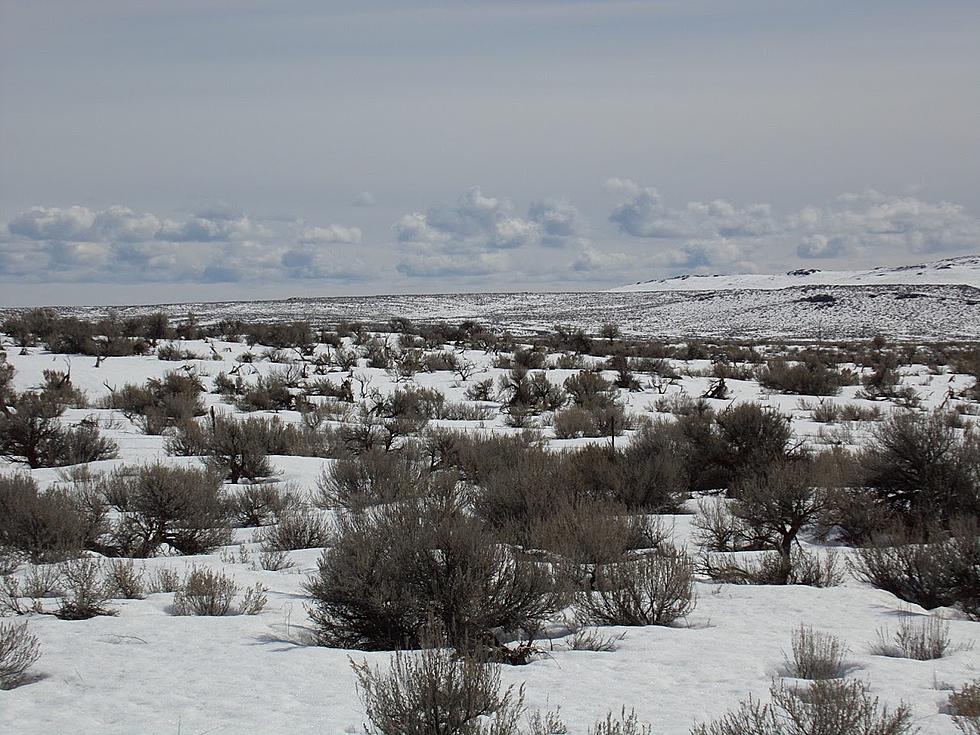
Idaho Faces a Threat Even Bigger Than Quagga Mussels
Quagga mussels are just the latest in a string of invasive species discovered in Idaho. We’ve cheatgrass, Japanese yew, and some species of fish. To name a few. Perhaps the most common invasive species is what we call tumbleweed. It’s not native to North America. Over the weekend, I watched a video about the history of the nasty bushes. They were imported by accident from the Russian steppe. The seeds took root in the Dakotas and then rapidly spread west. You can watch the video below.
The host says tumbleweed may help spread and enhance wildfires. In other words, many of our worst outbreaks may not relate to climate change. The plants also pull some essential nutrients out of the soil, which in the long run, will harm the growing of other crops. I wasn’t aware, however, that parts of the plant are edible. You don’t want to chew on the barbs.
Tumbleweed is more than a nuisance. How many times have you been driving the Interstate on a windy day and found it was like a real-life version of Space Invaders? I stopped one day for lunch in Bliss and found a tumbleweed embedded in the grill of my car.
Dealing with invasive species isn’t an easy task. I chuckle when I remember an old episode of The Simpsons. The principal tells Lisa there’s a chain reaction involved in getting rid of trouble. You can see it by clicking here. Once a species arrives, it isn’t easy to reverse the clock.


